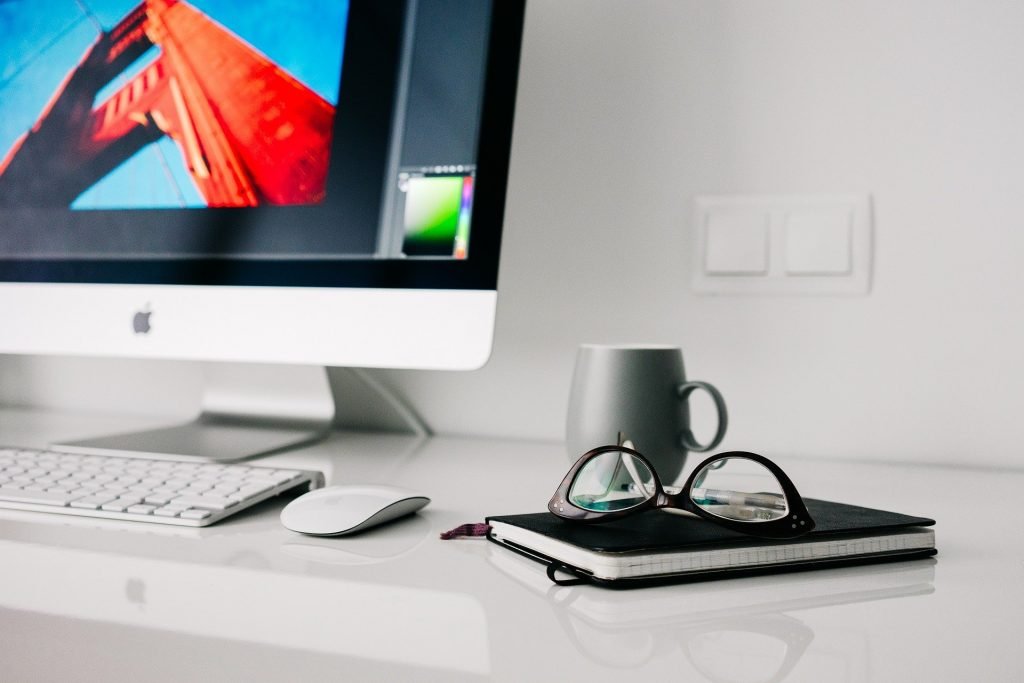
How To Design A Pull Up Banner In Adobe InDesign
There are a lot of different ways to design a pull up banner. For example, some businesses enlist the help of a professional graphic designer and hand everything over to them. However, others choose to take on the project themselves and save money. This involves you needing to know how to design a pull up banner in a specific program, such as Adobe InDesign. Adobe InDesign is the program that most people recommend as it is simple, relatively easy to use and works in a range of different ways. Though a lot of businesses do argue that hiring a professional graphic designer is key, there are benefits to doing the design work yourself. Nobody knows the business as well as you do, which means you are likely to have a clear vision of what will engage and entice your customers.
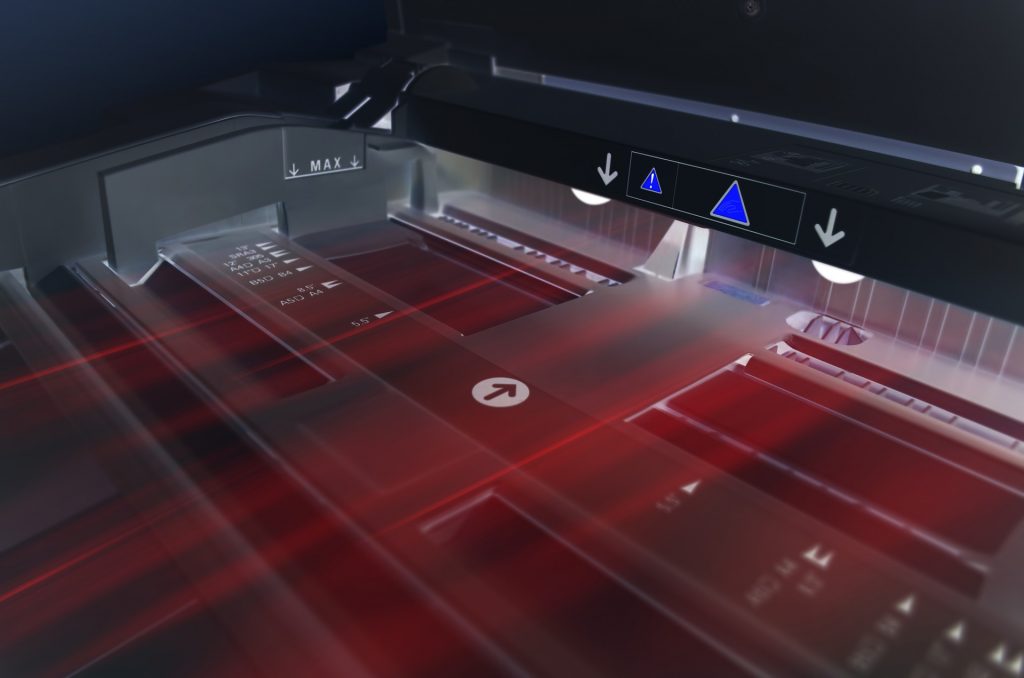
Top Tips for Designing a Pull Up Banner in Adobe InDesign
Though design a pull up banner in Adobe InDesign may seem daunting and stressful, it doesn’t need to be. There is a tonne of help out there for people who haven’t used Adobe InDesign before, so it’s not hard to find help and advice to guide you through the process.
- Get to Know Adobe InDesign Before Starting – Though you may assume designing pull-up banners to be a simple and straightforward task, it’s beneficial to have a good understanding of what Adobe InDesign is and what it’s capable of. Otherwise, you could end up sitting down to begin and having no idea where to start. A lot of people choose Adobe InDesign for banner design, as it offers a wide range of features and it’s relatively easy to use. Even without a lot of experience with Adobe InDesign or similar programs, it shouldn’t take too long to get to grips with it. It’s a good choice for large scale print solutions, as the artworks created can be scaled to fit any size without the risk of the resolution being compromised. With Adobe InDesign, it’s possible to create high quality and professional looking banner artwork with very little experience.
- Starting a New Document – Adobe InDesign can be used in a number of different ways, which is why it’s important to set it up for pull up banner artwork creation. You can do this by choosing ‘File’, ‘New’, ‘More Settings’ and then ‘Preset Details’. When you are designing a pull down banner, you need to set Adobe InDesign to dimensions of 8500mm x 2000mm. These dimensions are a good place to start if you are not entirely sure on the size of the banner and they can be scaled later with ease. You should aim to leave around 100mm free at the bottom of the design, as this is the area that will be hidden by the stand. Once the new document has been prepared in Adobe InDesign, you can begin designing. It’s important to remember that artwork can be easily scaled in Adobe InDesign, so don’t worry if the required sizes change closer to the time of printing.
- Get Creative and Design Your Artwork – There are a number of design templates available on Adobe InDesign, which means you don’t have to start from scratch if you are struggling with the idea of coming up with a brand new design. These templates are free to use and can be built upon, but you are also able to design on an entirely blank canvas if you wish. It’s important to be creative when you are designing a pull up banner, as it needs to stand out and showcase the business in a positive light. This means using vivid colours, brainding, graphics and logos. It’s okay to take inspiration from competitors, but avoid copying other banner designs. Your banner should be unique, memorable and it should make a statement. Don’t be afraid to stand out, as your banner needs to be able to stop passersby in their tracks.
- Double Check Everything – As you will be spending money on having a banner printed, it only makes sense to properly check everything once you feel that your banner artwork is complete. This includes checking for spelling errors, poor alignment, incorrect branded colours, low quality graphics and grammar mistakes. Not only will a mistake mean that you will have to spend more time and money on having another banner printed, but a mistake going unnoticed looks extremely unprofessional on the business. You don’t want someone thinking the business is unprofessional or poorly managed, just because you made a tiny spelling error on one design. You should check everything multiple times, even asking other people to take a look if possible. When you have been looking at something for a long time, it’s difficult to see if there’s anything wrong with it. Fresh eyes may see something that you haven’t yet spotted.
- Save as a PDF – It’s a good idea to save your work as you go along, to ensure that you aren’t suddenly left back at square one should something go wrong. Plus, it allows you to be creative without worrying that you will ruin the entire design with one accidental click.
When it comes to saving the finished design, you should do as as a PDF. Select ‘File’, ‘Save As’ and then ensure you have selected Adobe PDF as the format. When you are saving the artwork, the Adobe InDesign default needs to be set as high quality and ‘Preserve InDesign Editing Capabilities’ should also be selected.
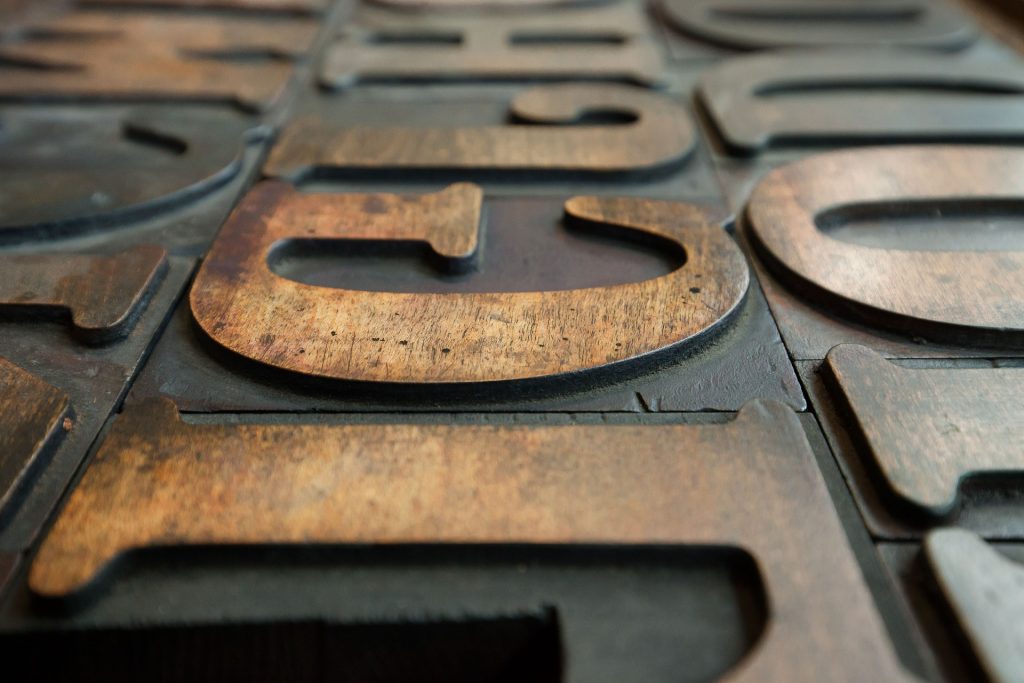
As you can see, using Adobe InDesign is not as difficult or complex as you may have initially thought. With a good idea of how to create the ideal blank canvas and artwork templates to guide you, even those with very little experience are able to create an impressive design for any pull up banner.
It doesn’t matter what industry you work in or the product that you are advertising, Adobe InDesign is the ideal way to create a fantastic design.

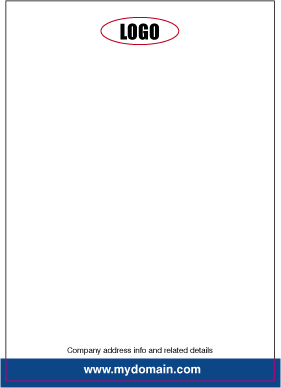
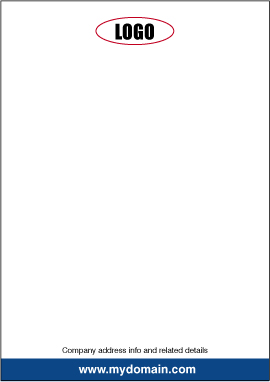
Leave a Reply